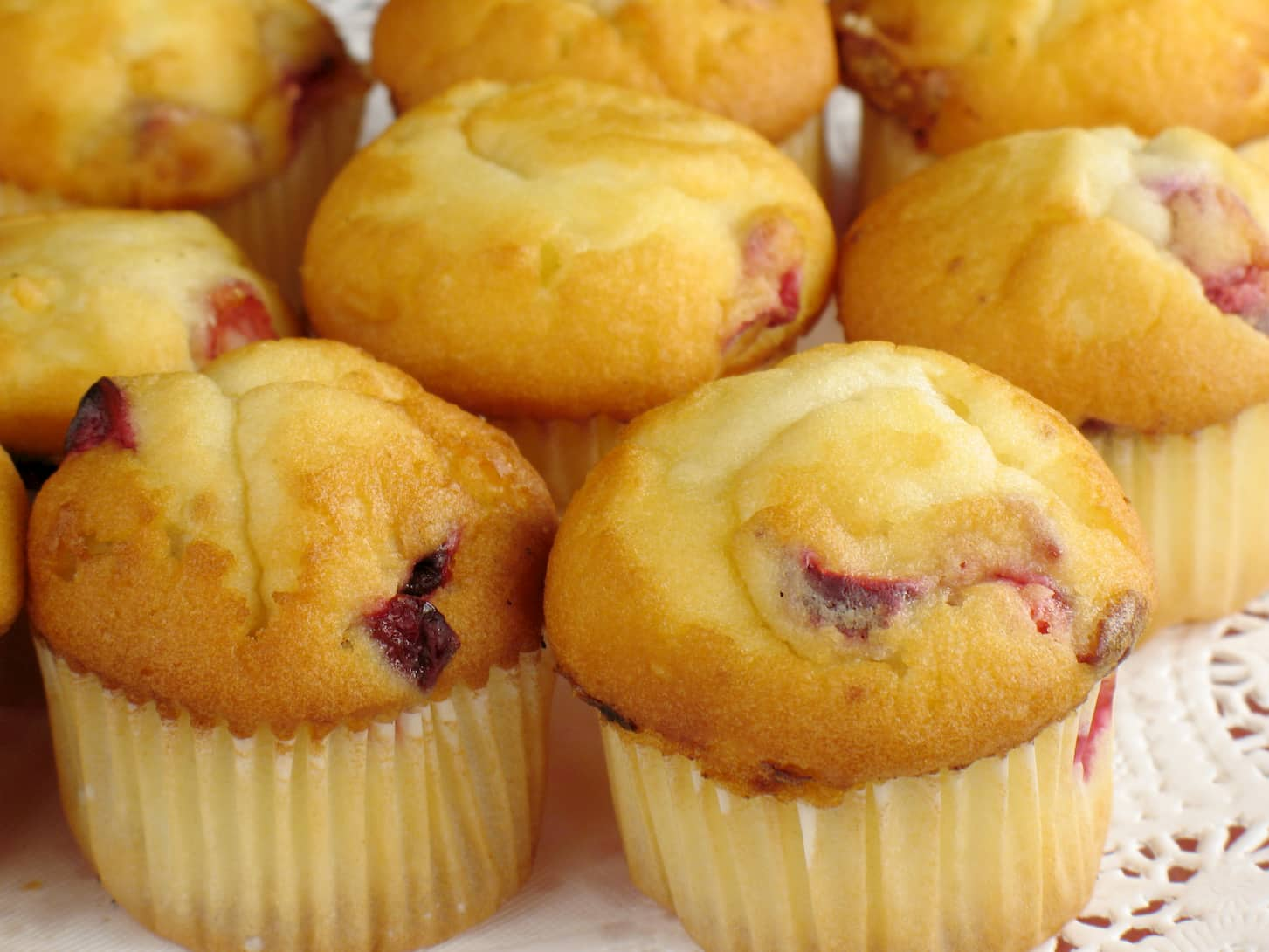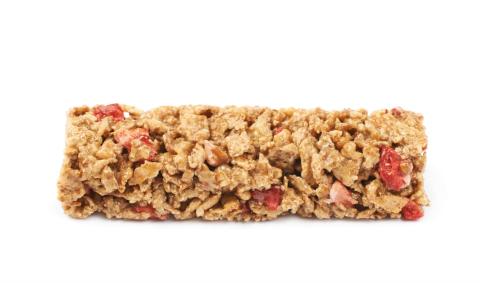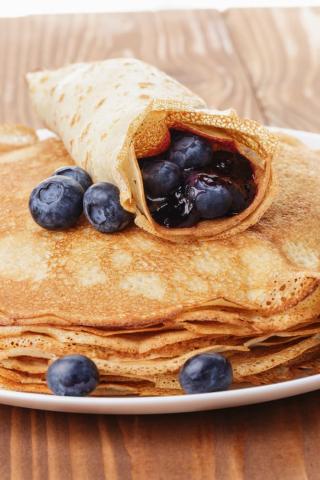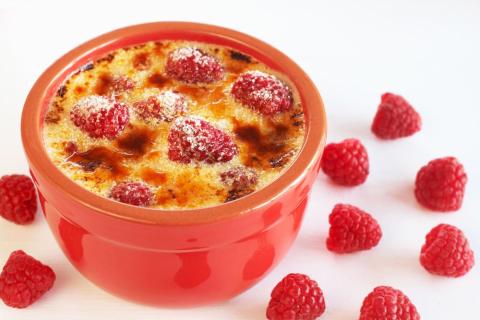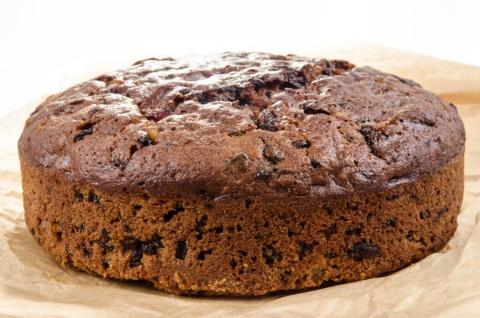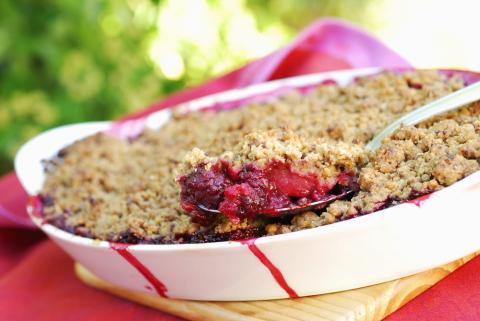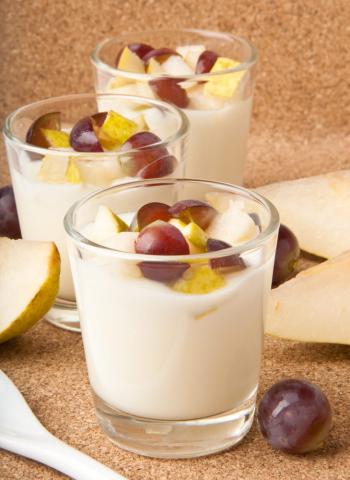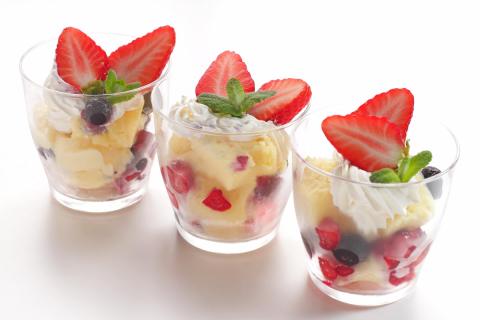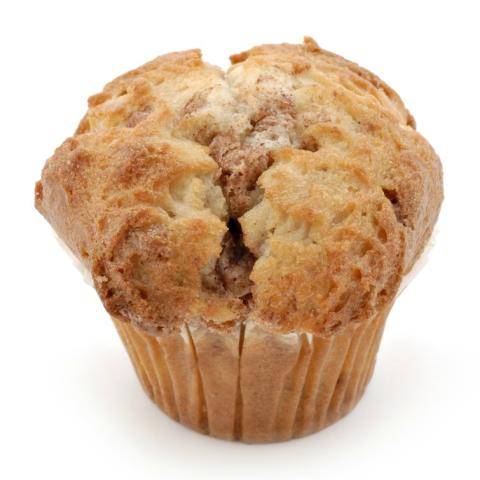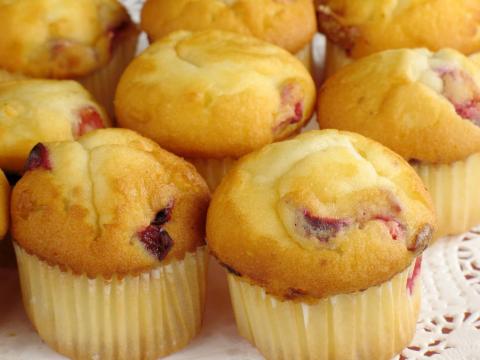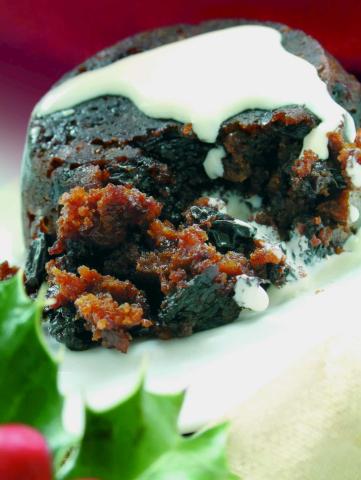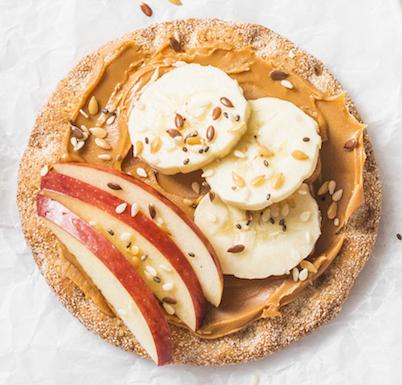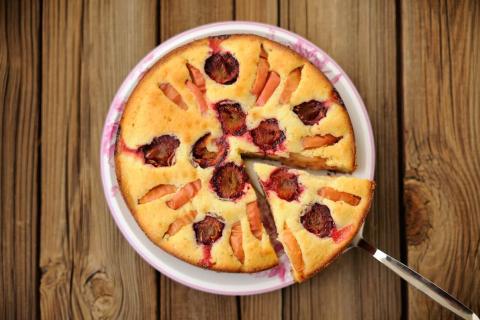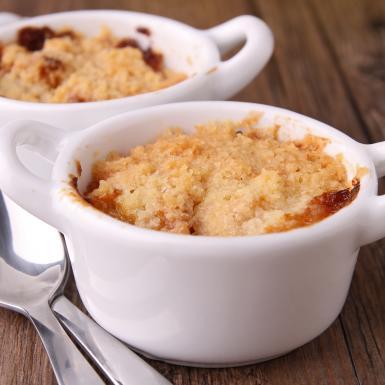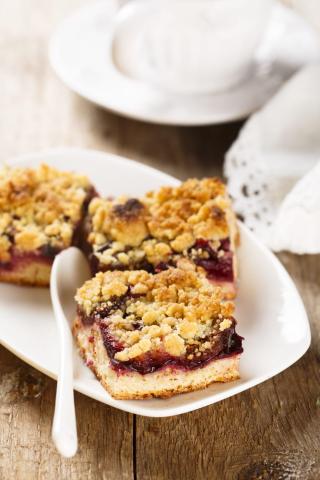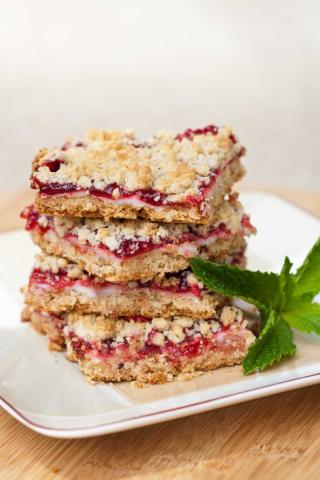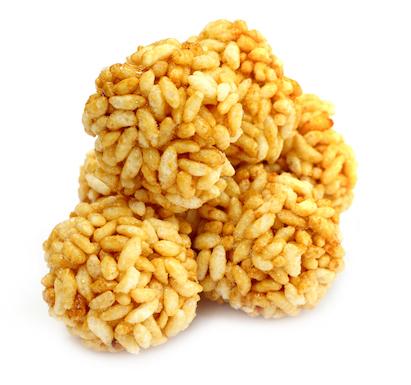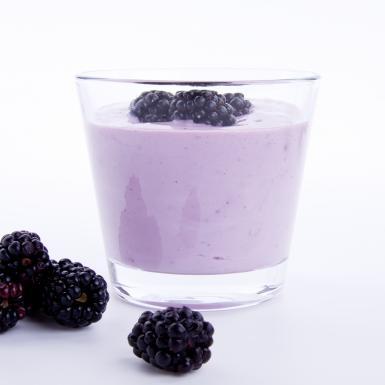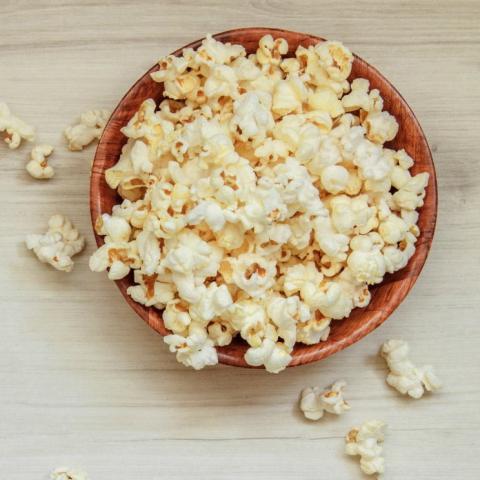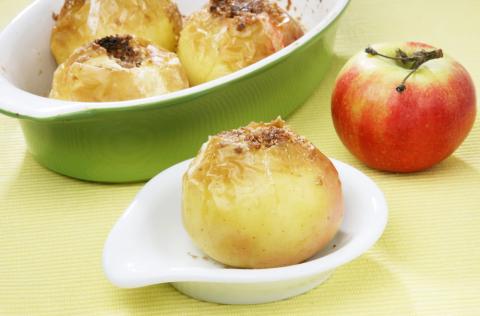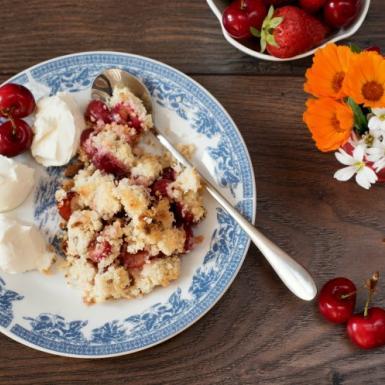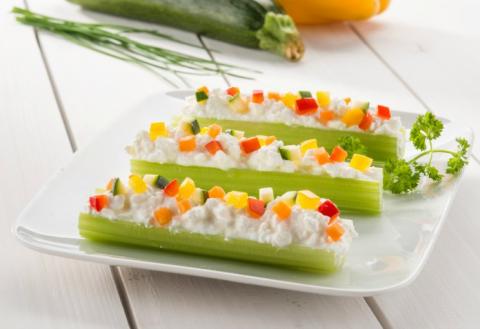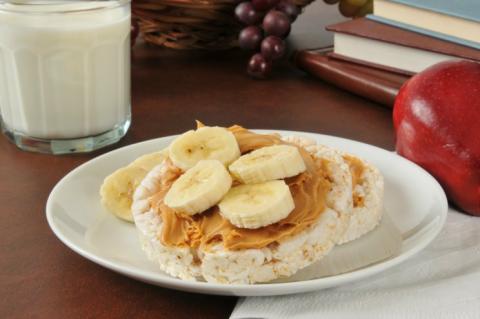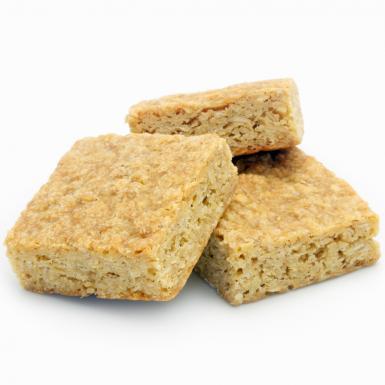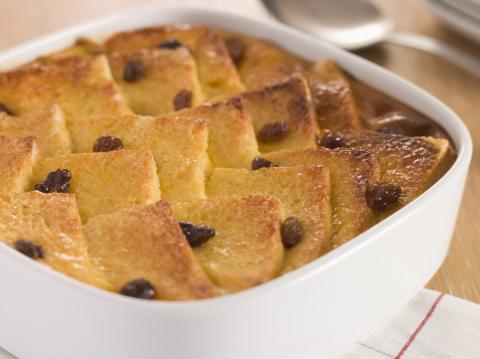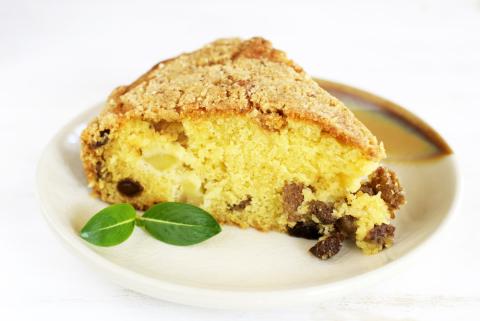- 8 Heaped Tablespoons (240g) Self-Raising Flour
- 2 Tablespoons (40g) Sugar
- 3 Tablespoons (85g) Dried Cranberries
- 1 Egg
- 11 Tablespoons (165ml) Freshly Squeezed Orange Juice
- 8 Tablespoons (125g) Low Fat Spread
Ingredients
Allergy Disclaimer
Always check the label of each ingredient for allergy warnings.
Method
- Preheat the oven to 200°C / 180°C fan oven / 400°F / gas mark 6.
- Mix flour and sugar together in a large bowl then add cranberries.
- Rub in the spread using fingers.
- Crack egg into a small bowl and beat with a fork, stir in the orange juice and then add to the other ingredients.
- Place muffin cases on an oven proof tray and 3/4 fill with the mixture.
- Bake in oven until lightly browned and firm to touch, around 15- 20 minutes.
Time Saver Tips
To make things easier, you could prepare these ahead of time. Once they’ve cooled just pop them into an airtight container to stay fresh. Orange juice from a carton tastes just as good, and saves having to squeeze them when time’s tight!
Cost Saver Tips
Why not try making this with whatever dried fruit you’ve got in your cupboard? Remember, bigger fruits might just need chopping up a bit smaller.
Tips for Kids
Kids will love helping you mix the ingredients. You could even get them to help you fill up the muffin cases too so they feel like your little star in the kitchen! As this recipe contains added sugar it’s best kept to mealtimes.
Nutritional Information
Based on a single serving of 55g (% of an adult's reference intake)
Energy
155 kcals ( 8 %)
649 kJ ( 8 %)
Fat
1.1 g ( 6 %)
Saturates
26 g ( %)
Sugar
9.9 g ( 11 %)
Salt
0.3 g ( 6 %)
Detailed nutritional information
| Per 100g | Per 55g serving | |
|---|---|---|
| Energy Kcals | 281 | 155 |
| Energy Kj | 1,180 | 649 |
| Protein | 5.3 g | 2.9 g |
| Total Fat | g | g |
| Saturated Fat | 2 g | 1.1 g |
| Carbohydrates | 47.3 g | 26 g |
| Total Sugars | 18 g | 9.9 g |
| NSP Fibre | 1.6 g | 0.9 g |
| Sodium | 257 mg | 141 mg |
| Salt | 0.6 g | 0.3 g |
Find out about nutritional labelling
Nutrition labels on the front of packaging
- Most of the big supermarkets and many food manufacturers display nutritional information on the front of pre-packed food.
- Front of pack nutrition labels provide information on the number of grams of fat, saturated fat, sugars and salt and the amount of energy (in kJ and kcal) in a serving or portion of a recipe.
- The labels also include information about reference intakes (expressed as a percentage) which are guidelines about the approximate amount of particular nutrients and energy required for a healthy diet.
- The colour coding tells you at a glance if the food has high (red), medium (amber) or low (green) amounts of fat, saturated fat, sugars and salt.
- The more greens on the label, the healthier the choice
- Amber means neither high nor low, so you can eat foods with all or mostly ambers on the label most of the time.
- Reds on the label means the food is high in that nutrient and these are the foods we should cut down on. Try to eat these foods less often and in small amounts.
Food shopping tips
If you’re trying to decide which product to choose, check to see if there's a nutrition label on the front of the pack. This will help you to quickly assess how your choices stack up. You will often find a mixture of red, amber and green colour coding for the nutrients. So when you're choosing between similar products, try to go for more greens and ambers and fewer reds if you want to make a healthier choice.
 Activities & Play
Activities & Play Behaviour
Behaviour Childcare
Childcare Development & Growing Up
Development & Growing Up Family, Friends & Relationships
Family, Friends & Relationships Feeding Your Baby
Feeding Your Baby Food & Eating
Food & Eating Health & Safety
Health & Safety Mental Health & Wellbeing
Mental Health & Wellbeing Money & Work
Money & Work Online Behaviour & Safety
Online Behaviour & Safety Pregnancy & First Days
Pregnancy & First Days School & Education
School & Education Sleep
Sleep

